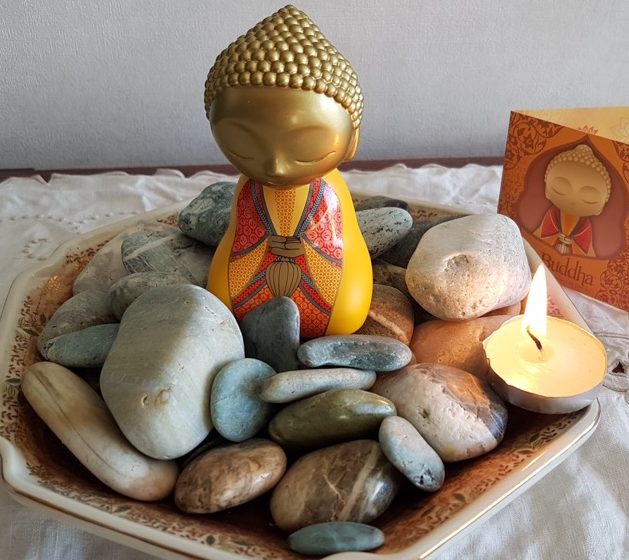
Palliative care – lack of funding
Death is such an important time in life’s journey and is shared by so many. Yet the funding to support this often difficult time is abysmal! Just as a comparison: There is funding available before we even enter this world with free maternity care for mums, free post natal care, with specific cares for mother and pepi (baby) from a range of health care providers (General Practice included). Then there is ongoing free health care for children until the age of 14 years in the General Practice setting. Even then, there is the under 25 sexual health funding, and some mental health funding to aid in getting your child through these aspects of health care in these years.
BUT when your patient is dying….. there is a small amount of funding available, that is if you can work out exactly when your patient is going to die; because the funding is only available for the six months prior to death. Unfortunately the crystal ball has not to date; made this clear! The level of health provider input needed, is also unclear as each case is very different! Yes there is free palliative nursing care available, but for continuity of care by General Practice providers, there is limited funding and so the patient or whanau/family has to pay, if the free service is not what the patient or provider feels is best for the person at the time. This particular time in life or pending death, often requires “ideally” a little more than the usual 3 monthly visit, and once the funding is used up (~$650) the cost is carried by the patient and or their whanau. Generally over time, weekly, maybe every other day and eventually daily visits are required
I personally like to visit my palliative patient and whanau every other day, and then daily as changes are happening. The reason? People need continuity of care, patients need to know some ‘one’ is genuinely caring for them from day to day (literally) and I, as the primary health care provider need to see them regularly to know they are doing alright in a holistic sense. Their tinana, hinengaro, wairua, and whanau (physical, mental, spiritual and family wellbeing) are all addressed.
SO the funding is quickly used up and so the care is provided free of charge. This is not economical or a good business model BUT business and effective health care don’t always sit well together.
